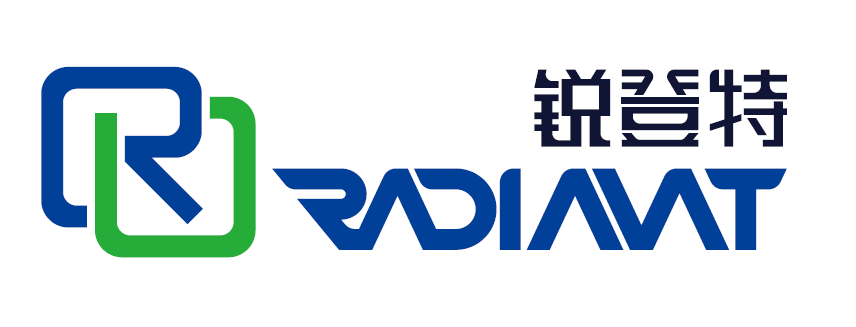8K is a resolution of 7,680 × 4,320 pixels (16:9) (approximately 33 million pixel images per frame). This is not a new topic. As early as August 23, 2012, the International Telecommunication Union under the United Nations adopted the 76 million resolution recommended by Japan’s NHK TV station as the international 8K super high-definition television (SHV) standard. The general user’s concept of resolution is still relatively vague. Here is a restatement of the relevant cognition of resolution in life:
In China, the format of TV programs is PAL format, and the general resolution is 720*576 pixels. Most ordinary TVs use interlaced scanning with a frame rate of 25 frames per second, but this system has basically been eliminated. Now there are some high-definition TV program channels, and the resolution of the screen can reach 2048×1080 or 2K, which is also known as 1080P. Even the ultra-clear channel picture resolution reaches 4096×2160 pixels, with a minimum of 60 frames per second. For example, China Central Radio and Television’s 4K program appeared at the two sessions.
For those who are engaged in the LED industry, they are not unfamiliar with the resolution. Most of the slightly larger small-pitch screen project cases or outdoor project cases we have learned exceed the resolution of 4K or 8K. LED display technology has such advantages over other display technologies, because they can make the resolution of the display screen large enough without limiting the area. The front-end only needs to splice multiple graphics cards, and then synchronously splice them through the video processor, no matter how high the resolution is.
Then, based on the definition of the above resolution, let’s go over it again. 8K video needs to have a screen resolution of 76804320, which means that the resolution of each frame (that is, each screen) of the video source should be achieved. From the graphics card The output is an image at 120 frames per second. Such a large amount of video requires an 8K camera to shoot first. The second is to obtain larger videos through artificial synthesis technology.
Many experienced people know that if the content of the video source is relatively rich and the graphics processing of the graphics card is not good enough, the picture will be very stuck. Therefore, it requires higher transmission speed, faster decoding speed, and better image processing to produce higher-quality content, which also raises a higher requirement for error storage. Some people may ask, aren’t many large LED screens also playing very high-definition images? NO, what they play is not the one-to-one resolution of physical pixels, but the result of virtual amplification of pixels through the video processor. Therefore, even if the user purchases a large-resolution LED display, the quality of the content will not necessarily be improved. Users who don’t understand the reason will ask back, I spent so much money on your screen, why is it so blurry and not clear at all? Then you have to explain it from the perspective of resolution.
In fact, as an LED display salesperson, our purpose is to correctly guide users to consume normally, and inform different environments to use different resolution displays. From the viewing distance from the display screen to the audience, if you can not feel the graininess of the pixels on the display screen, it will basically meet the needs of users. Electronic products are updated and iteratively fast, and the larger the area, the greater the power consumption. It is a luxury and a waste to exceed the needs of users.
Of course, if the user conditions are superior, in today’s era of increasingly advanced technology, ultra-high-definition video will gradually approach people’s sight.
Post time: Sep-06-2023
